In Goma, power and running water are back in most residential areas. Residents of the metropolis in the east of the DR Congo have gone through a dramatic period since a rebel coalition, including the M23 militia, began its advance on the city at the end of January. After days of fighting, it took control of Goma; according to the UN, 900 people were killed in the hostilities.
Power and water, however, are not enough to stabilize the humanitarian situation, as DW learned on the ground. Challenges include burying a multitude of dead bodies before diseases can spread. In addition, hospitals have reached capacity because thousands of injured people have to be treated in addition to standard operations.
DW visited a Red Cross hospital with 146 beds currently treating 290 patients. White tents have been installed on the site of the one-story building, accommodating more injured people.
“At the moment, we need expendable items and medication — everything we need for daily care,” said emergency room doctor Abdouraman Sidibe. “Our storehouse was pillaged, which makes treatment difficult. We asked our partners to provide medication, but we‘ve been waiting for it for ten days now. That makes our work difficult.”
Unilateral M23 ceasefire — apparently broken
On Tuesday, a unilateral humanitarian ceasefire came into effect. There was no way of knowing whether the truce announcement by the M23-led coalition would help to ease tensions at least temporarily. In addition, the Rwanda-backed M23 declared that it had “no intention of capturing (…) other areas.”
In the DR Congo, both the army and the government reacted with skepticism.
The M23 group then seized the South Kivu mining town of Nyabibwe, some 100 kilometers (60 miles) from the regional capital Bukavu.
M23 fighters “say one thing and always do the opposite,” army spokesperson Sylvain Ekenge told Reuters news agency. “They call for a ceasefire to reorganize and reinforce their ranks.”
Announcing a ceasefire has its advantages, said Stephanie Wolters, an expert on the Great Lakes Region at the South African Institute for Security Studies (ISS). If the Congolese side violates the ceasefire, “that makes the DRC side look bad again,” Wolters told DW.
Crisis summits and fear of war
Rwanda’s President Paul Kagame has already confirmed his participation in a crisis summit in Tanzania the East African Community has called for on Saturday. Congo’s President Felix Tshisekedi is also expected to attend.
According to the UN and other experts, Rwanda supports M23 logistically, militarily and even actively with its own troops. The government in Kigali categorically rejects such reports. The majority of M23 fighters are Tutsis, the ethnic group that was victimized in a genocide committed by members of the Hutu majority in 1994 during the Rwandan Civil War.
Not just because of the rhetoric in Kigali and, in Kinshasa, there are concerns that the current escalation could lead to another major war. According to reports, Uganda has already increased its military presence in eastern Congo by some 1,000 troops. The current contingent is 4,000 to 5,000 troops in total. Between 1996 and 2003, the mineral-rich region had already seen two wars involving numerous armed groups, with an eventual death toll of six million.
UNHCR demands safe passage for people, aid
The more than 20 years which passed since the end of the Second Congo War were also characterized by instability: The presence of alternating militias in addition to fighting, pillaging and raping again and again forced people to flee. Before the recent escalation, the UN refugee agency (UNHCR) counted 4.6 million internally displaced persons in the troubled provinces of North and South Kivu.
“We are hearing that there are roadblocks and other difficulties for those people moving around, seeking safety,” UNHCR spokesperson Eujin Byun told DW. “That’s exactly why we are calling for safe passage for both humanitarian assistance and the people in need.”
She added that the UNHCR was not seeing a significant influx of refugees in neighboring countries yet. “We must remember the people in eastern DRC, that they have already been displaced multiple times. They want to stay in their country.”
At this time, the political requirement was to prevent a further escalation that could press people into deciding to cross the borders to neighboring countries.
Bukavu residents: Stay or go?
If M23 and their allies continued their advance after the end of the ceasefire, more people could be forced to flee in South Kivu province. At the weekend, the rebel groups were only some 60 kilometers away from the provincial capital Bukavu.
Prior to the ceasefire announcement, DW spoke with residents who wanted to leave their town: “Goma is not far from Bukavu, where people did not leave their homes for three days. We’re afraid that this is what we will see in Bukavu as well,” one woman told DW. Therefore, she wanted to flee across the border to Burundi. If M23 advanced on Bukavu, many residents of the metropolis could make the same decision.
Zanem Zaidi contributed reporting from Goma and Jonas Gerding from Kinshasa. This article was translated from German.
#ceasefire #humanitarian #situation #Goma #tense

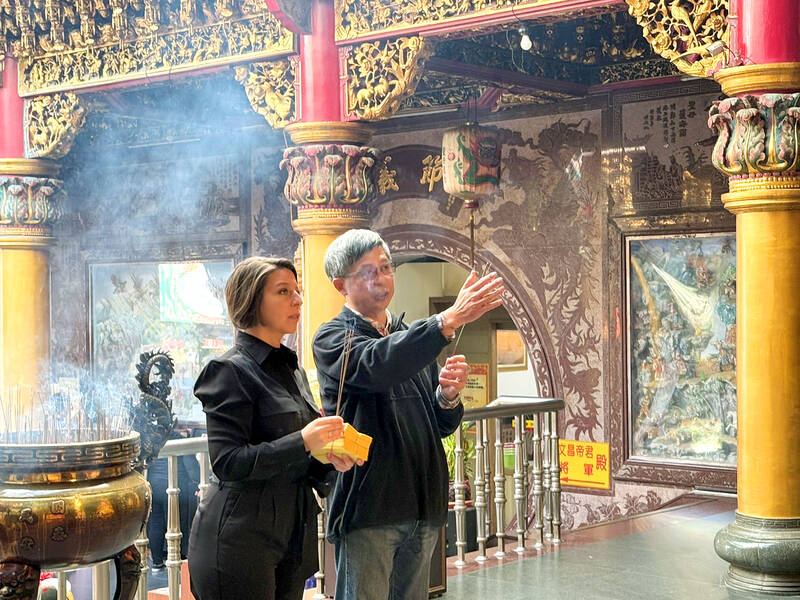

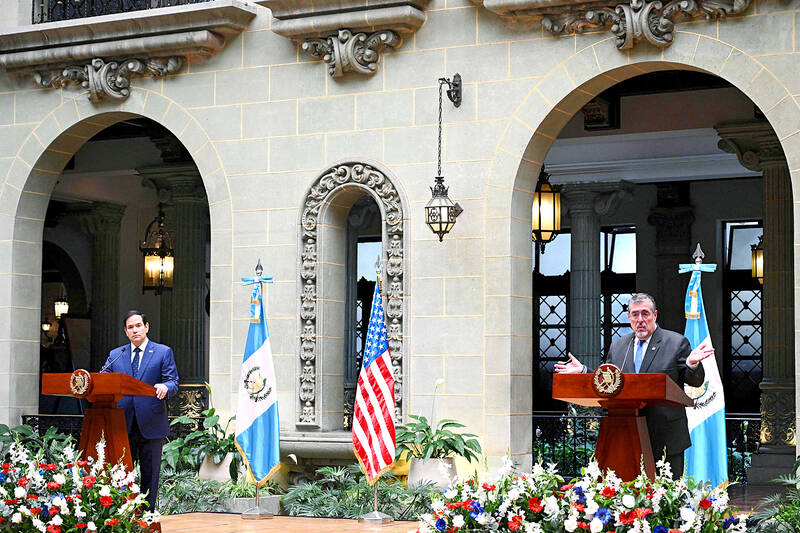
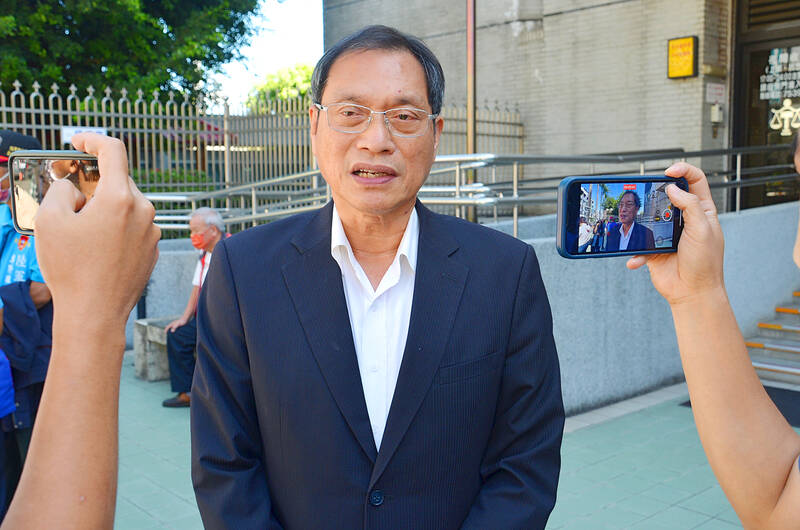
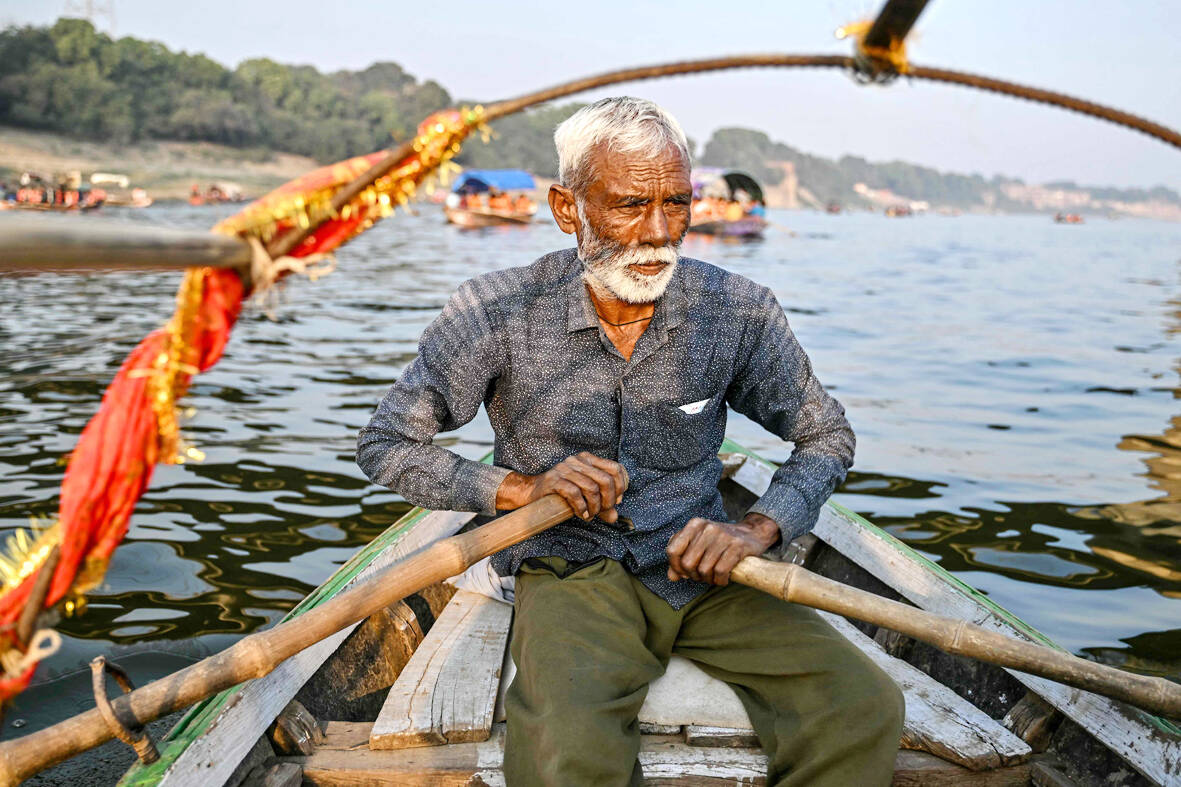
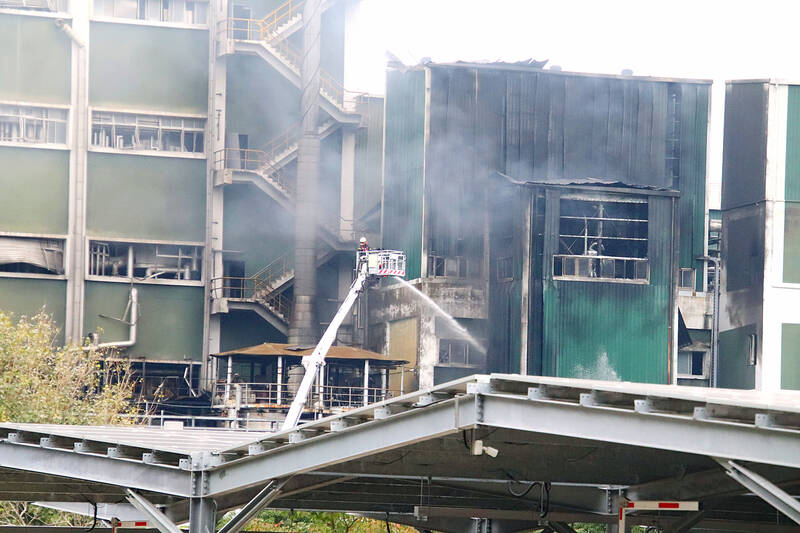
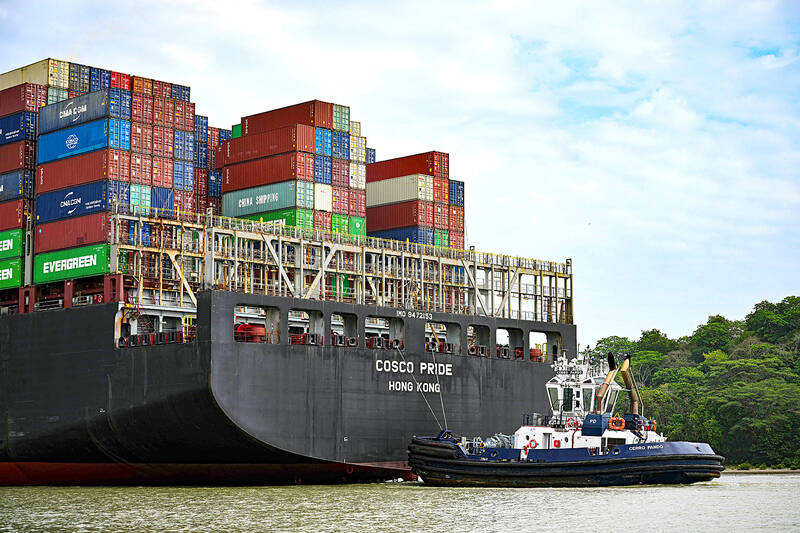
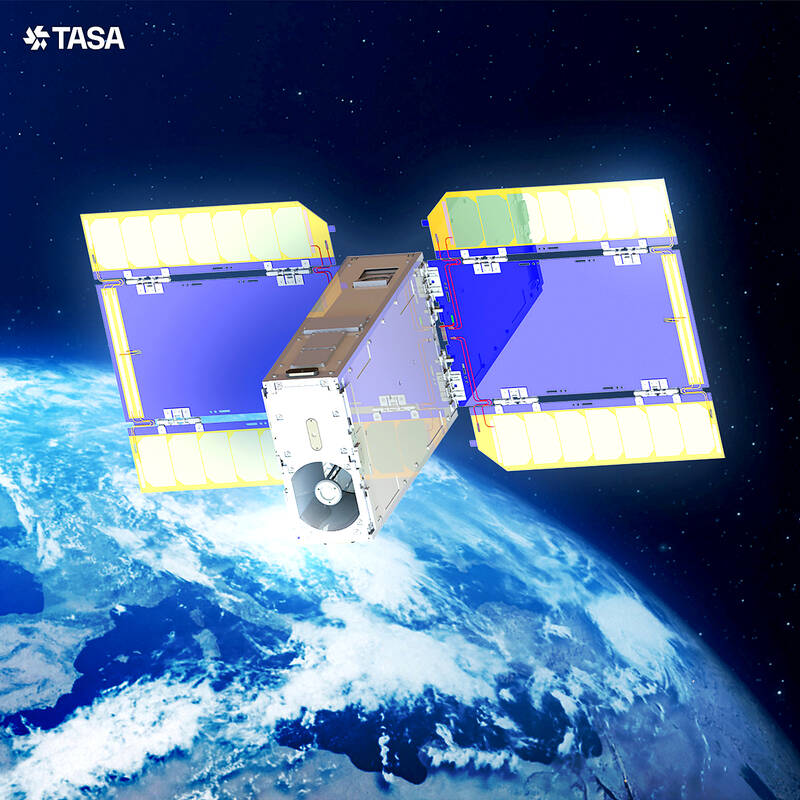


Leave a Reply